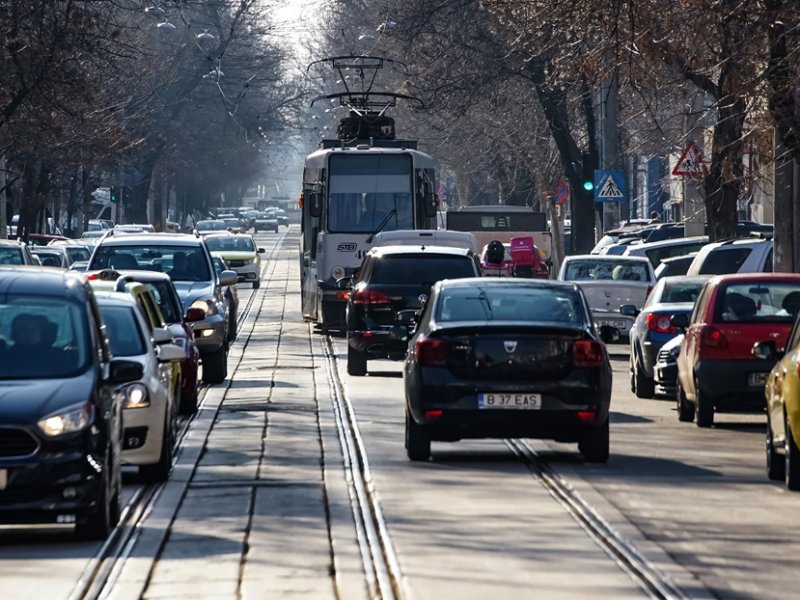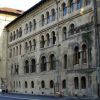What does Bucharest sound like? An exploration of the city's sonic identity

By Bucharest Team
- Articles
In Bucharest, the city doesn’t begin when you see it. It begins when you hear it. Long before the apartment blocks enter your field of vision or the pavement feels your steps, the city reaches your ears: a prolonged honk, a sudden brake, a voice yelling in traffic. Sound is the first contact, the first warning, the first proof that the city is alive.
Bucharest’s noise isn’t just background static. It’s an active presence that shapes the way we live and perceive space. Every neighborhood has its own rhythm: in the center, the city has a metallic tone—screeching trams, ambulance sirens, tires rushing over sun-heated asphalt. In the outer districts, noise becomes domestic: a child crying on a balcony, a drill on the fourth floor, a radio spilling through the window of a parked car with its door ajar.
The market is one of the city’s most recognizable soundscapes. You can hear it waking up in the early morning: raspy voices, metal stalls being opened, the rhythmic thud of vegetables tossed into crates. Sellers don’t speak—they shout. Customers don’t ask—they bargain. The sound of the market is unmistakable: it’s the chorus of a city that never fully sleeps.
Then there’s public transport, a sonic channel of its own. When waiting for the tram, you feel its approach first as a vibration, then as a low rumble, and finally as an explosion of brakes, screeches, and heavy doors swinging open. On the buses, voices blend: conversations about prices, complaints about the weather, phone calls on speaker. It’s a messy, improvised soundtrack, but it’s alive.
And then there’s a different Bucharest—a more subtle, yet still recognizable one: street musicians, with their quiet violins or timid guitars, strategically placed between the louder noises. You hear them especially in the Universitate underpass or along crowded boulevards on weekends. Their melodies don’t drown out the city—but they soften it.
As jarring as these sounds may seem at times, they form a recognizable acoustic code, an auditory identity of the city. Just as Paris is defined by the clatter of cafés and Istanbul by the call to prayer, Bucharest has its own signals: the impatient honk, the voice on tram line 41, the wail of an ambulance, the echo from Matache Market.
Without these sounds, Bucharest feels empty. A silent city would be a city without a pulse. It’s precisely because these noises irritate or overwhelm us that they also remind us: the city is alive—populated, imperfect, real.
Bucharest is heard before it is seen. And sometimes, in the middle of all that sonic chaos, we find the clearest proof that we belong to it—and it belongs to us.






























